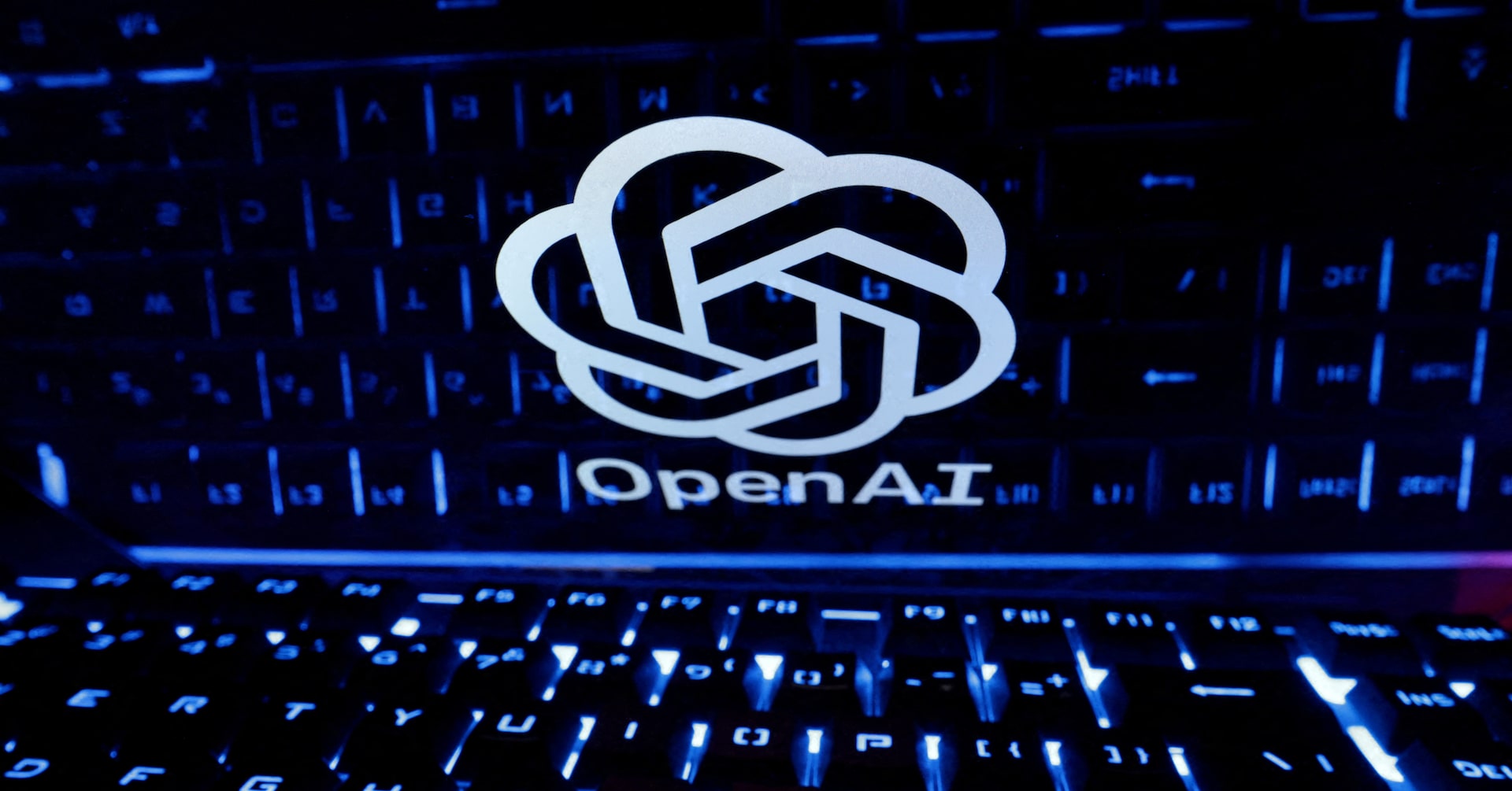
Modern high schools in the United States continue to operate on a system originally developed over a century ago during the Industrial Revolution. This educational model was constructed with a focus on efficiency, standardization, and preparing students for factory-based jobs, reflecting the needs and values of an industrial era.
Critics argue that while society, technology, and the workforce have evolved dramatically, the structure of public education has remained stagnant. This model emphasizes rote learning, fixed schedules, and a one-size-fits-all approach, which may not effectively address the diverse needs and potential of today’s students.
Educational reform advocates suggest that this outdated system should be reexamined and modernized to better align with current realities, including the rise of digital technology, the gig economy, and the importance of creativity and critical thinking in today’s job market. Proposals include more personalized learning experiences, project-based education, and flexible curricula that can adapt to different student interests and career paths.
This ongoing conversation about reforming high school education reflects a growing awareness that 21st-century learners require an educational system that fosters innovation, adaptability, and lifelong learning skills.
Source: https:// – Courtesy of the original publisher.








